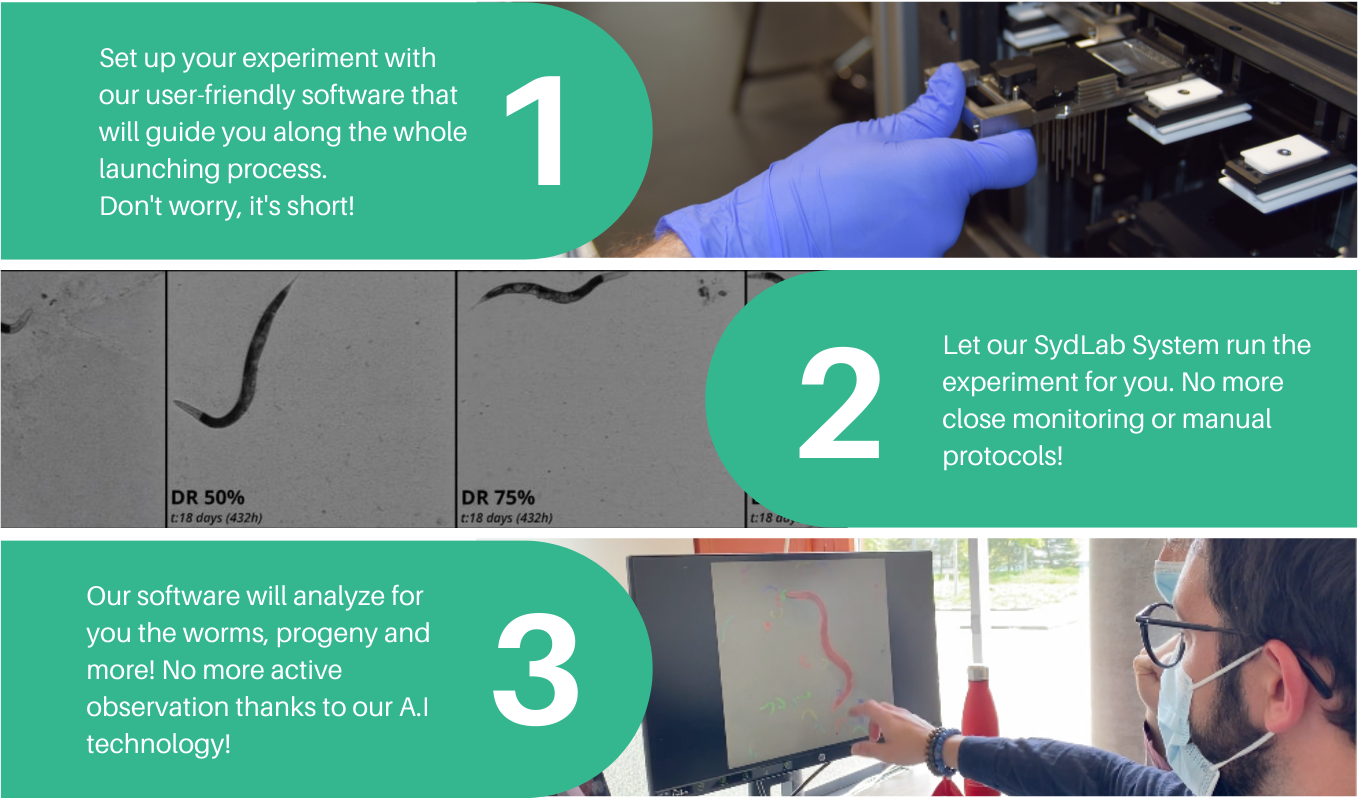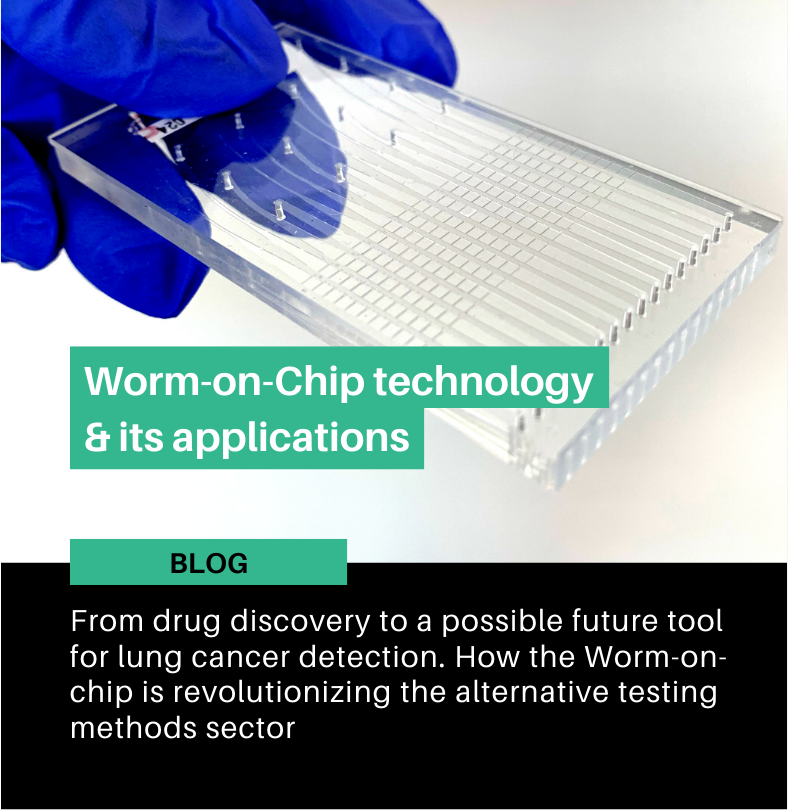
It is not new that enterprises, independently of their industry or sector, are constantly searching for more efficient processes to improve their productivity, be more resource-efficient and, overall, improve the performance of their activities. And laboratories are no exception. Today we explore the concept of lab automation.
Under the premise of the less interactions, the better, labs around the world are in a quest for improving their processes to speed-up their experiments and to reduce the amount of human actions to the minimum. Despite this trend not being new, the increasing lack of qualified personnel in the laboratories ecosystem accelerated the adoption of disrupting technologies, as well as the need to improve pipelines’ bottlenecks resulting in higher R&D costs, especially in the pharmaceutical sector where ROI on new potential drugs have been declining over the last decade.
Stay competitive or die. Another sentence that can be applied to any environment, also to laboratories. The implementation of user-friendly lab automation technologies substituting tedious and long manual processes while sustaining multiple workflows helps the professionals to not only speed-up their research, but also decrease the possibility of human errors while still meeting the demand for their products.
What are the benefits of automating your lab?

While in 2011 70% of researchers failed trying to reproduce other researchers’ experiments, handler-induced variability, miss-placement errors, contamination, among other issues, can be solved with a good automation system integrated in your lab at the whole-workflow level.

Machine Learning, for instance, can facilitate your data collection process while improving the posterior evaluation, minimizing human biases. Manual classifications are time-consuming and subject to human errors, while a trained algorithm can substitute this whole process.

Compare results with other experiments and standards can be automated, reducing the timeline for both substance approval and results publication.
It is important to speed-up sampling processing, but also to automate the documentation process.

Research involves a lot of steps besides running the actual experiment. But the automation of manual protocols not only saves personnel’s time, but also reduces turnaround time and material used, as well as allowing labs to open more hours without the need of a technician 24/7.

The automation of processes can ensure a safe environment for the lab personnel. Both physical health (muscular fatigue and external agents contamination) and mental health (burn-out and employee satisfaction) can improve the overall environment and productivity.

But not all is automation for manual lab processes, also for the posterior steps, from the lab to the market or to a paper, for instance. If the documentation process and the data collection are automatized, those further steps can be easier and less time-consuming.
C. elegans Research – Why do you need to automate your lab?
C. elegans has been (and continues to be) one of the prefered non-vertebrate biological models for a wide variety of applications, from longevity studies to early toxicity assessment. Nonetheless, the lab workflows involving this nematode still heavily rely on manual work, provoking pipeline drawbacks and delaying results’ analysis. Counting microscopic worms is not easy, and it is even less easy to analyze and collect the necessary data for your experiment. And that’s where Nagi Bioscience enters into the game.
Having witnessed those drawbacks – and with the aim of promoting a future with scalable, efficient, ethical, sustainable and animal-free biological testing – our team has been working to address this lab need. And today we can finally present to you the outcome of our efforts: The SydLab System.
The SydLab System is the first fully automated benchtop lab device for the assessment of chemicals and substances on C. elegans, combining state-of-the-art microfluidic technology, robotics and A.I to offer a complete lab workflow automation solution.

All in all, Nagi’s system offers a 360° solution for your C. elegans studies, standardizing and automating the whole process, from the experiment initiation until the reporting process. Having completed multiple successful service projects and after validating our technology with Bayer CropScience, the integration of our SydLab System in your lab is now a close reality.
Contact us for more information about the pre-order period here:
Interested in knowing more? Check out our other blog posts



